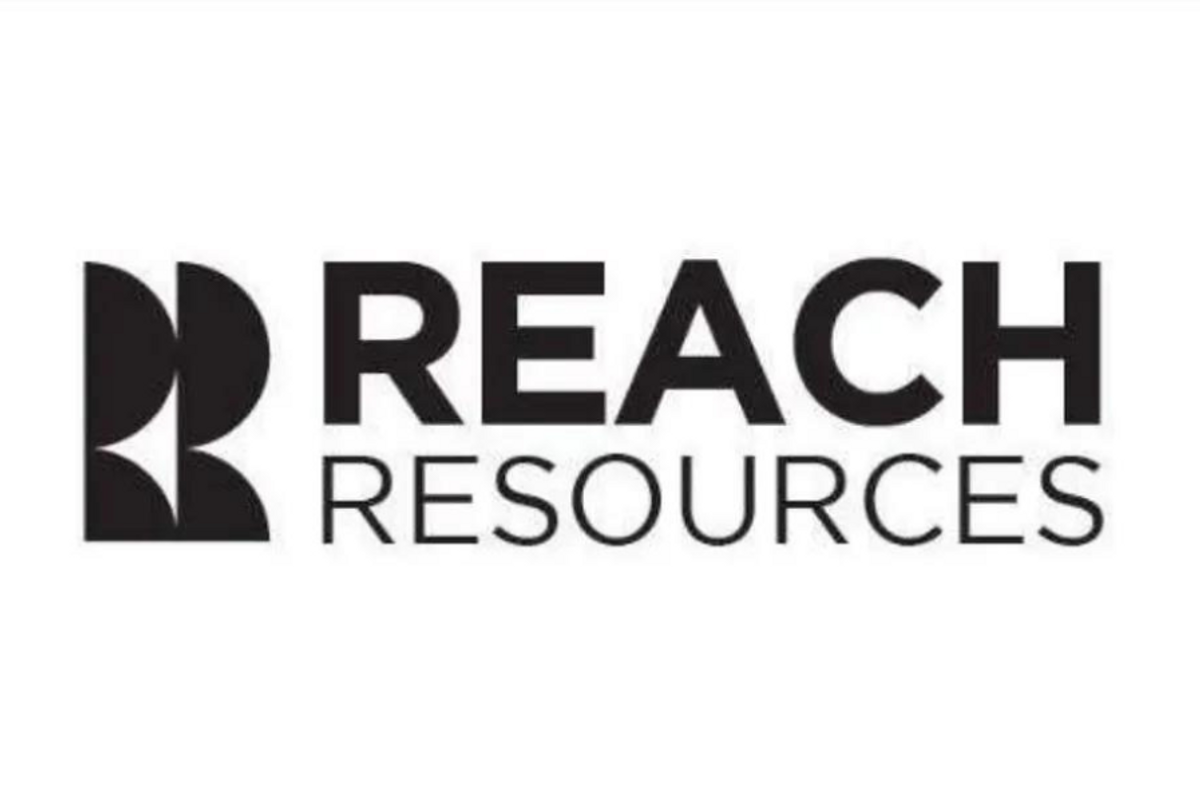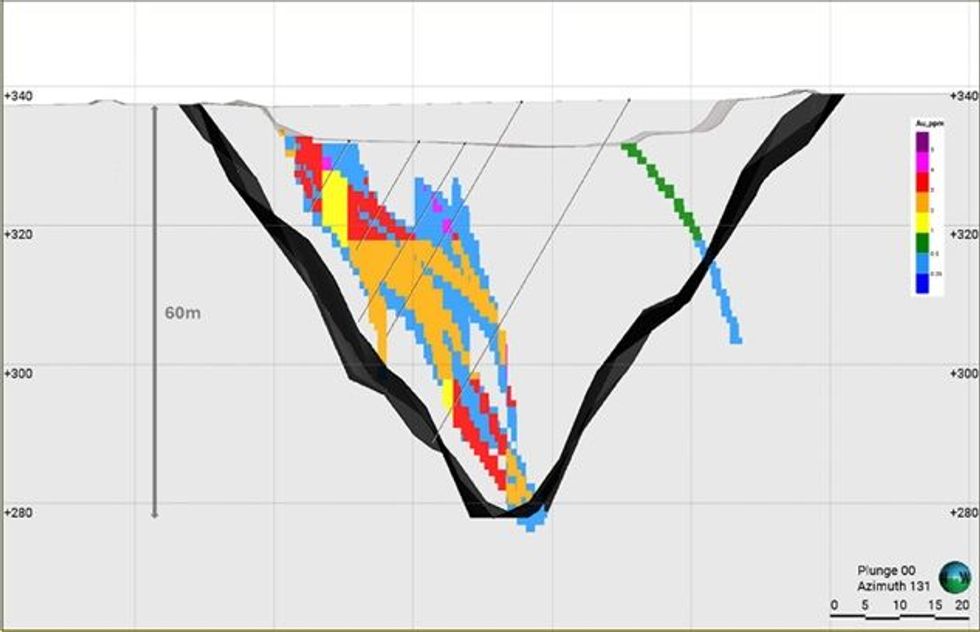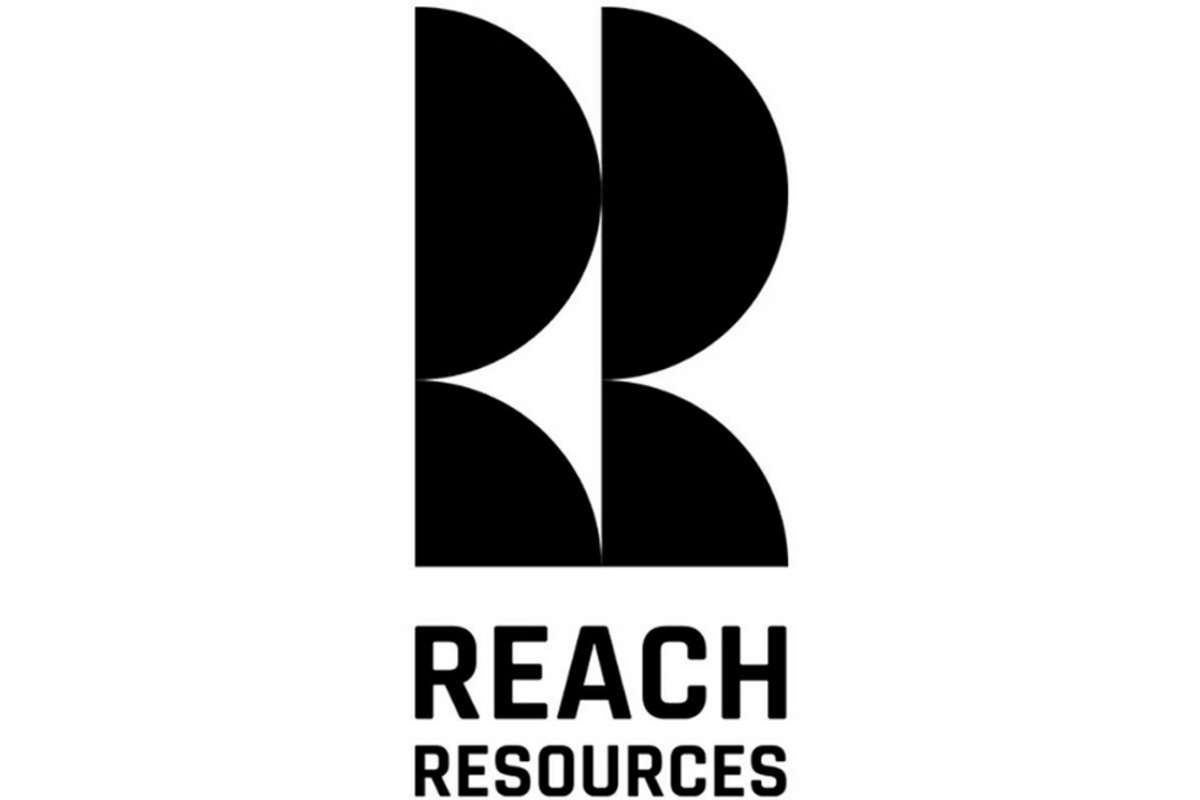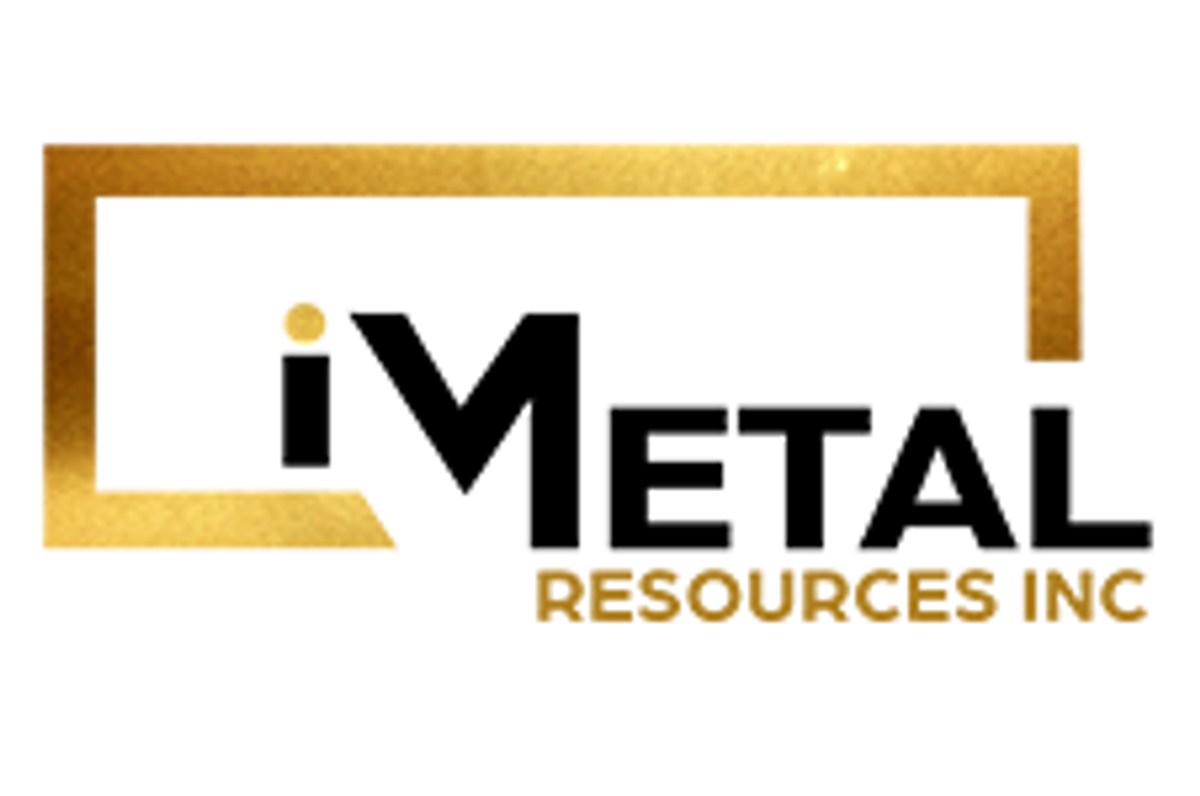
May 12, 2025
Reach Resources Limited (ASX: RR1 & RR1O) (“Reach” or “the Company”) is pleased to announce the completion of a new Mineral Resource Estimate (MRE) for the Pansy Pit deposit at its Murchison South Gold Project. The estimate, prepared by independent consultants Mining Plus, reported above a cut-off grade of 0.5g/t Au, confirms a near-surface inferred resource of 72kt @ 2.5g/t Au for 5,800 oz. This adds to the existing 61,300 oz gold resource at the nearby Blue Heaven deposit, bringing the total gold resource inventory at Murchison South to approximately 67,100 oz.
HIGHLIGHTS
- Pansy Pit: Mining Plus confirms Mineral Resource Estimate (MRE) for the Pansy Pit Deposit at Murchison South:
From Surface 72kt @ 2.5g/t Au for 5,800 oz Gold (Table 1) - Blue Heaven: Mining Plus confirms MRE for the Blue Heaven deposit at Murchison South: From Surface 681kt @ 2.8 g/t Au for 61,300 oz Gold (Table 1) (ASX Announcement 9 April 2025)
- Blue Heaven and Pansy Pit MRE, together total ~67,100 oz Gold
- Pansy Pit MRE is based solely on review by Mining Plus of historical drilling
- Historical drilling was only to 60m, mineralisation open at depth and along strike north and south (Figure 2)
- The Pansy Pit has the potential to be a shallow, open pit mining operation, with mineralisation observed from surface
- Strong Gold Market: Spot gold price of ~A$5,000/oz offers significant upside versus the A$3,500/oz price used in the MRE to model pit shells
- The Pansy Pit sits within granted Mining lease M59/662 and is just over 2km from the Company’s Blue Heaven deposit and on the south side of the Great Northern Highway (Figure 3)
- The Pansy Pit provides evidence of the expansion potential along the Primrose Fault, notably to the south at the Shamrock deposit and to the north at the Pansy North and Jacamar deposits (Figure 3)
The Pansy Pit MRE is shown in Table 1 on page 3.


Click here for the full ASX Release
This article includes content from Reach Resources, licensed for the purpose of publishing on Investing News Australia. This article does not constitute financial product advice. It is your responsibility to perform proper due diligence before acting upon any information provided here. Please refer to our full disclaimer here.
RR1:AU
The Conversation (0)
03 May 2022
Reach Resources Limited
Sourcing the Critical Minerals of the Future
Sourcing the Critical Minerals of the Future Keep Reading...
28 July 2023
Quarterly Activities/Appendix 5B Cash Flow Report
Reach Resources Limited (ASX: RR1) (“Reach” or “the Company”) provides its activities report for the quarter ended 30 June 2023. HIGHLIGHTS High-Grade Lithium Results at Yinnetharra (15 May 2023) Lithium mineralisation confirmed with rock chip samples reporting highly encouraging assays of up to... Keep Reading...
18 May 2023
Outcropping Copper Gossan Delivers 33% Cu Assays At Morrissey Hill Project, Yinnetharra
Reach Resources Limited (ASX: RR1 & RR1O) (“Reach” or “the Company”) is pleased to announce that it has received high grade copper, gold and silver results up to 33% copper, 0.2g/t gold and 142g/t silver from its recently completed rock chip sampling program at the Company’s Morrissey Hill... Keep Reading...
14 May 2023
Reach Resources’ Strategic Position Between Two of WA’s Mining Heavyweights
Reach Resources’ (ASX:RR1) strategic position with its Morrissey Hill project has placed the critical mineral explorer on the radar of two of Western Australia’s mining giants Delta Lithium (ASX:DLI) and Minerals 260 (ASX:MI6), according to an article published in The West Australian.“While... Keep Reading...
14 March 2023
Multiple New Lithium (LCT) Pegmatite Targets Confirmed
Reach Resources Limited (ASX: RR1 & RR1O) (“Reach” or “the Company”) engaged globally renowned geological consultants RSC Consultants Limited (RSC) to assess the potential of the Company’s Gascoyne projects for:Lithium (Li): hard rock, high grade LCT Pegmatites Rare Earth Elements, Heavy and... Keep Reading...
19 December
Armory Mining Announces Closing of Flow-Through Financing
(TheNewswire) THIS NEWS RELEASE IS NOT FOR DISTRIBUTION TO U.S. NEWSWIRE SERVICES OR FOR DISSEMINATION IN THE UNITED STATES Vancouver, B.C. December 19, 2025 TheNewswire - Armory Mining Corp. (CSE: ARMY) (OTC: RMRYF) (FRA: 2JS) (the "Company" or "Armory") a resource exploration company focused... Keep Reading...
18 December
More high grade gold intercepts at BMT3 in Boundiali
Aurum Resources (AUE:AU) has announced More high grade gold intercepts at BMT3 in BoundialiDownload the PDF here. Keep Reading...
18 December
Top 5 Australian Mining Stocks This Week: Taruga Minerals Climbs on Acquisition of Gold-Copper Projects
Welcome to the Investing News Network's weekly round-up of the top-performing mining stocks listed on the ASX, starting with news in Australia's resource sector.Many of this week's top stocks jumped on news of project acquisitions. Gold companies remained in the spotlight this week as precious... Keep Reading...
18 December
John Feneck: Gold, Silver in 2026, Plus 9 Stocks I'm Bullish on Now
John Feneck, portfolio manager and consultant at Feneck Consulting, shares his thoughts on silver's price breakout, as well as potential triggers for gold's next move up. He also discusses stocks he's watching in sectors like gold, silver and "special situations."Don't forget to follow us... Keep Reading...
18 December
iMetal Resources Completes Flow-Through Financing
iMetal Resources Inc. (TSXV: IMR,OTC:IMRFF) (OTCQB: IMRFF) (FSE: A7VA) ("iMetal" or the "Company) announces that has closed its non-brokered private placement (the "Offering") of flow-through units (each, an "FT Unit"). In connection with closing, the Company has issued 4,160,777 FT Units, at a... Keep Reading...
17 December
Inside West Africa’s Expanding Gold Exploration and Investment Landscape
Faced with declining reserves in mature mining jurisdictions, gold producers and explorers are shifting their attention toward regions offering scale, geological upside and room for new discoveries. West Africa is increasingly filling that role. Stretching from Senegal to Ghana, the region has... Keep Reading...
Latest News
Interactive Chart
Latest Press Releases
Related News
TOP STOCKS
American Battery4.030.24
Aion Therapeutic0.10-0.01
Cybin Corp2.140.00








